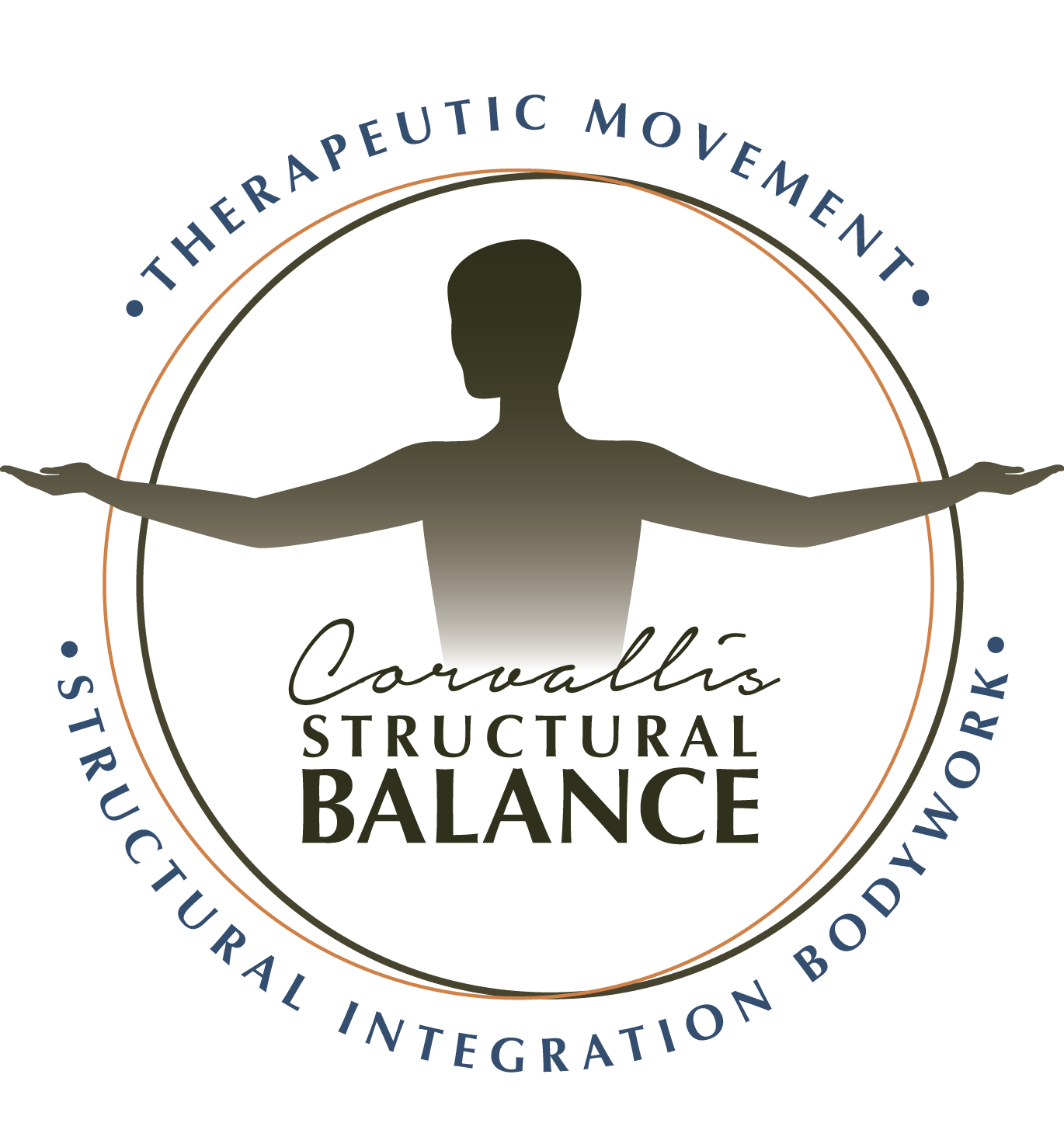What happens during an SI session?
The first session begins with a discussion of your medical history (health condition, injuries, surgeries, etc) and physical habits (level/type of exercise, work conditions, hobbies, etc). Posture and movement are assessed in every session to identify restrictions or patterns in standing, walking or sitting. The hands-on work is done on a treatment table or a specialized bench.
What does it feel like?
In Structural Integration, the practitioner and the client work together. The practitioner uses hands-on techniques to lengthen and release myofascial tissues while the client performs small movements such as ankle rotation or knee flexion. Depending on the condition of your tissues, myofascial release can have a range of sensations. From a warm wave or tingle, to a vigorous stretch or slight burning sensation, each individual will have their own experience of the work. The intensity is determined by the client, and should always feel tolerable and productive. An open line of communication with the practitioner about what you are experiencing is essential for getting the most of of each session.
What do I wear?
The practitioner needs to contact myofascial tissue directly through the skin. For this reason, clothing such a sweat pants or long yoga tights are not ideal. However, there is a lot of movement with this bodywork technique. You will get up off the table several times during a session to assess how the treatment is progressing. Some of the work will be seated on a bench. So dress comfortably. A good rule of thumb: minimal clothing with adequate coverage to safeguard the modesty of client and practitioner alike. Full coverage undergarments, running shorts, jog bras, or swimsuits (2-piece for women) are all appropriate.
Is SI like getting a massage?
Structural Integration is sometimes referred to as a deep massage-but the two are truly different. Massage is a wonderful modality for temporarily relieving muscle tension, pain, and other symptoms related to stress and overuse. In contrast, Structural Integration focuses on correcting the underlying structural causes of pain, imbalance and physical limitations. Structural Integration aims to end the cycle of recurring, chronic symptoms.
My shoulder hurts. Why are you working on my feet?!
It may be surprising that an SI practitioner may not work in the area where you are experiencing pain or discomfort. The reason for this approach is that the pain may be a symptom of a body-wide pattern. For instance, a problem experienced in the shoulder may very well originate from compensations and imbalances developed from a foot or ankle injury years ago. SI practitioners are trained to identify these body-wide patterns and develop appropriate treatment strategies.
Why am I not feeling better right away?
SI is a process of unwinding often long-standing compensation patterns. As such, old pains may temporarily resurface. New aches may temporarily arise. Long-standing problems generally don't resolve in one session. Feeling worse for short periods of time is often a good sign that structural realignment is underway. Have patience with the process as it unfolds, and give your body a break from more demanding physical activity if you have periods of discomfort. Talk to your practitioner if you have concerns.







